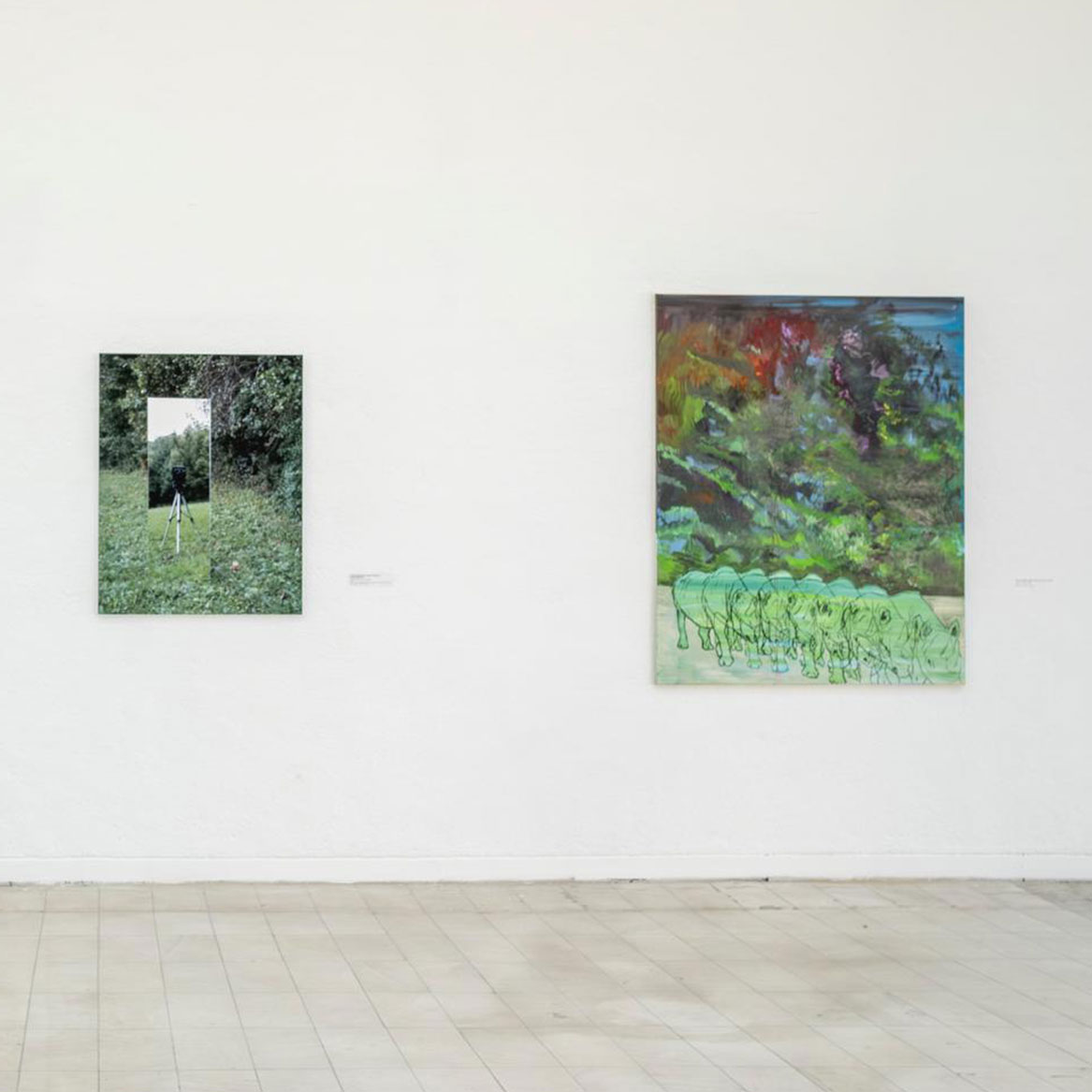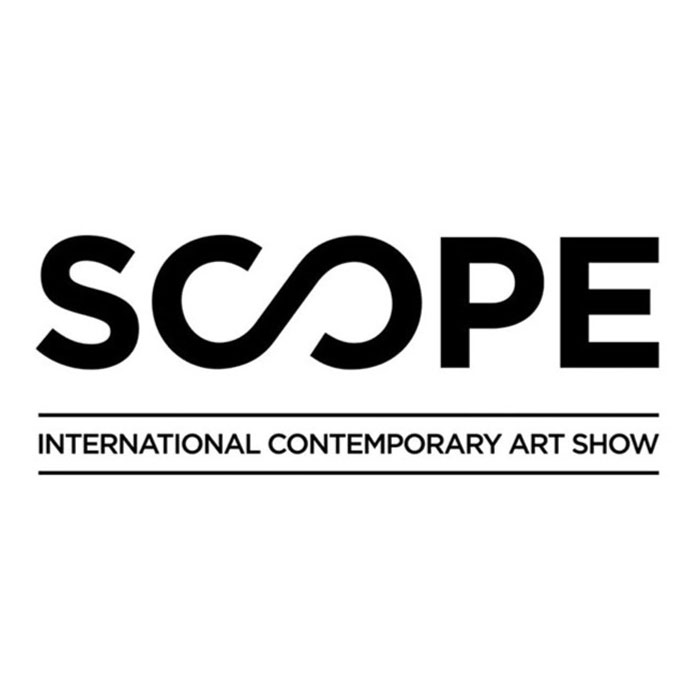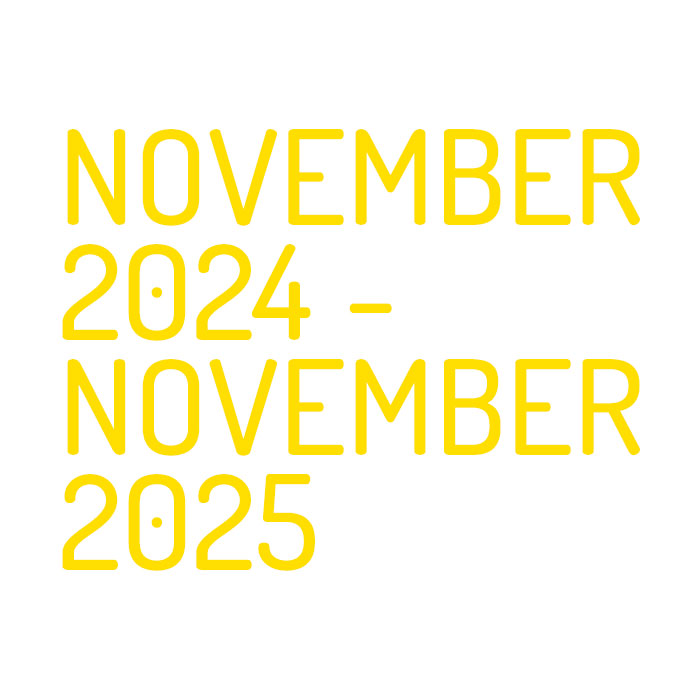Donya Aalipour as part of the group exhibition “Touch Nature”, curated by Sabine Fellner at Museum of Contemporary Art Skopje
December 15, 2025The exhibition features Austrian & Macedonian artists, exploring the relationship between humans and nature in the age of the Anthropocene.
Artistic projects are developed in interdisciplinary collaboration with scientists from a wide range of disciplines who address issues such as economic exploitation of land, increasing soil sealing, the global impact of current consumer behavior and the spread of epidemics but also to explore living organisms and genetics. The “Touch Nature” exhibition series, which has so far been shown in 13 in Austrian Culture Forums in cooperations with galleries and museums in Europe and the USA, follows the insights of Alexander von Humboldt, pioneer of ecological thinking and founder of climatology, ecology, and oceanography, who famously wrote to Johann Wolfgang von Goethe in 1810: “Nature must be felt.”
- excerpt from the museum’s site
Curator: Sabine Fellner
Curatorial Assistant: Laurenz Fellner
Artists exhibiting:
Judith Wagner, Nada Prlja, Petre Nikoloski, Irena Paskali, Michael Endlicher, Donya Aalipour, Elena Kristofor, Annika Eschmann, Maren Jeleff – Klaus Pichler, Monica L. Locascio, Alfred Hruschka, Prinzpod, Elizabeth von Samsonow, Nives Widauer, Edgar Honetschläger, Monika Pichler, Marielis Seyler, Aneta Svetieva


